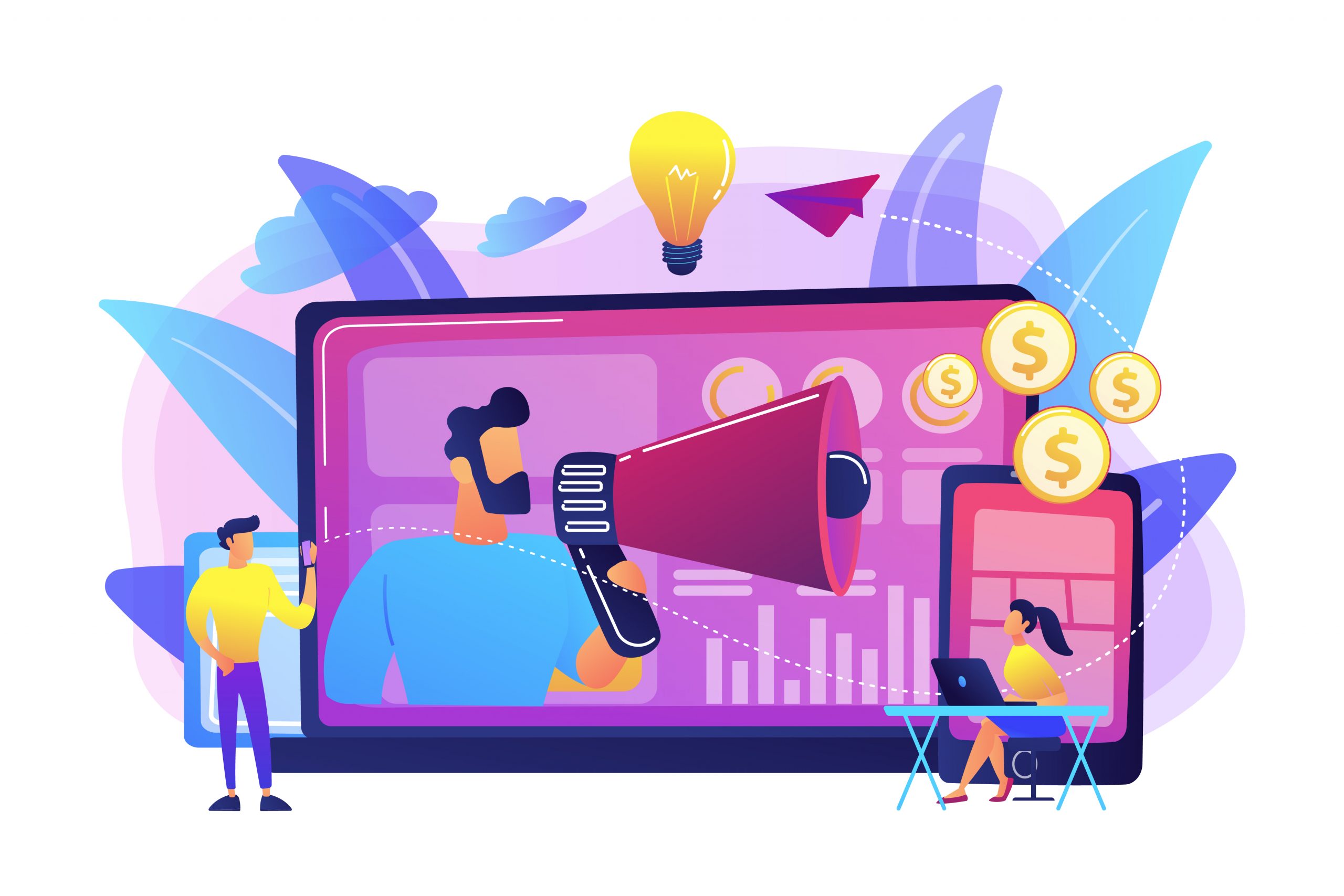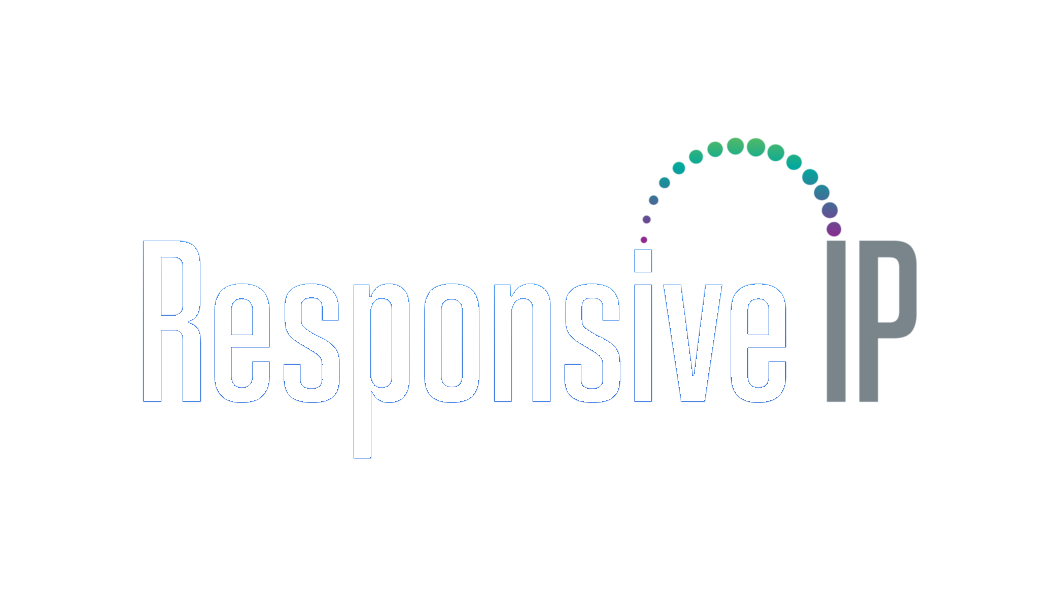What is Inbound Sales? Definition, Examples, & Strategies

1. Introduction to Inbound Sales
Inbound Sales is a customer-centric methodology that focuses on building relationships, providing value, and addressing the specific needs of potential customers. Unlike traditional outbound sales, where businesses reach out to prospects proactively, inbound sales aims to attract leads organically.
2. Understanding the Basics: What Sets Inbound Sales Apart?
Inbound sales differentiate itself by putting the customer at the center of the sales process. It involves creating a magnetic pull, drawing prospects in through valuable content, and guiding them through the buyer’s journey.
3. The Key Components of Inbound Sales
Creating Compelling Content
Content is king in the realm of inbound sales. Crafting informative blog posts, engaging videos, and useful resources positions a brand as an authority in its industry.
Leveraging Social Media
Social media platforms serve as powerful tools in inbound sales. Building a strong online presence and engaging with the audience fosters brand awareness and trust.
Implementing Effective SEO Strategies
Search Engine Optimization (SEO) is essential for ensuring that your content gets discovered. Optimizing keywords and improving website visibility are key components of inbound sales.
4. Building Relationships Through Inbound Sales
Personalization in Communication
Tailoring communication to individual prospects makes them feel valued. Inbound sales prioritizes understanding the customer’s needs and providing personalized solutions.
Establishing Trust and Credibility
Building trust is paramount in inbound sales. Authenticity, transparency, and consistent delivery of value contribute to establishing credibility with the audience.
5. The Role of Technology in Inbound Sales
CRM Systems
Customer Relationship Management (CRM) systems help businesses organize and manage interactions with leads and customers, ensuring a personalized and seamless experience.
Marketing Automation Tools
Automation tools streamline marketing efforts, allowing businesses to nurture leads efficiently and deliver targeted content based on user behavior.
6. Inbound Sales vs. Traditional Outbound Sales
Contrasting Approaches
Inbound sales focuses on attracting leads naturally, while traditional outbound sales involves proactive outreach.
Benefits of Inbound Sales
The benefits of inbound sales include higher lead quality, improved customer relationships, and a more cost-effective approach compared to outbound sales.
7. Real-Life Success Stories
Sharing success stories of businesses that have excelled with inbound sales provides inspiration and insights into the methodology’s effectiveness.
8. Overcoming Challenges in Inbound Sales
Common Pitfalls
Identifying and addressing common challenges, such as lead nurturing bottlenecks and content saturation, ensures a smoother inbound sales process.
Solutions and Best Practices
Implementing solutions and best practices, such as diversified content strategies and effective lead scoring, helps overcome challenges.
9. Measuring Inbound Sales Success
Key Performance Indicators (KPIs)
Metrics like conversion rates, customer acquisition costs, and customer lifetime value help gauge the success of inbound sales efforts.
Analytics and Data-driven Insights
Leveraging data analytics provides actionable insights for continuous improvement and strategic decision-making.
10. Continuous Improvement in Inbound Sales
Feedback Loops
Establishing feedback loops within the sales team and with customers ensures ongoing improvement and adaptation to changing market dynamics.
Adapting to Market Trends
Staying attuned to market trends and adjusting strategies accordingly keeps inbound sales efforts relevant and effective.
11. Inbound Sales in the Digital Age
Evolving Strategies
The digital age demands constant evolution. Inbound sales strategies must adapt to emerging technologies and changing consumer behaviors.
Staying Ahead of the Curve
Remaining proactive and staying ahead of industry trends positions businesses for long-term success in inbound sales.
12. Case Studies: Companies Excelling in Inbound Sales
HubSpot
HubSpot’s inbound marketing and sales platform has become a benchmark for businesses seeking success through inbound strategies.
Salesforce
Salesforce’s customer-centric approach has solidified its position as a leader in inbound sales and CRM.
13. Inbound Sales for Small Businesses
Tailoring Strategies
Small businesses can tailor inbound sales strategies to suit their budget, focusing on localized content and community engagement.
Cost-Effective Approaches
Inbound sales provides cost-effective approaches for small businesses, allowing them to compete with larger counterparts.
14. Training and Development for Inbound Sales Teams
Continuous Learning
Investing in continuous learning programs ensures that sales teams stay updated on the latest inbound sales techniques and industry trends.
Skill Enhancement Programs
Skill enhancement programs, including communication and empathy training, contribute to the effectiveness of inbound sales teams.
15. Conclusion
Inbound sales is not just a methodology; it’s a philosophy that places customers at the heart of business success. Embracing the principles of inbound sales can revolutionize how businesses attract, engage, and convert leads, ultimately fostering long-term customer relationships.
Frequently Asked Questions (FAQs)
- Is inbound sales suitable for all industries?
- Inbound sales principles can be applied to various industries, but the strategies may need to be tailored based on the specific needs and characteristics of each industry.
- How long does it take to see results with inbound sales?
- The timeline for seeing results with inbound sales can vary, but businesses often start witnessing positive outcomes within a few months of consistent implementation.
- What role does storytelling play in inbound sales?
- Storytelling is a powerful tool in inbound sales, helping businesses connect with their audience on a personal level and making the brand more relatable.
- Can small businesses compete with larger ones using inbound sales?
- Yes, inbound sales offers cost-effective approaches that allow small businesses to compete effectively with larger counterparts.
- How often should inbound sales strategies be reassessed?
- Inbound sales strategies should be reassessed regularly, ideally on a quarterly basis, to adapt to changing market trends and consumer behaviors.


